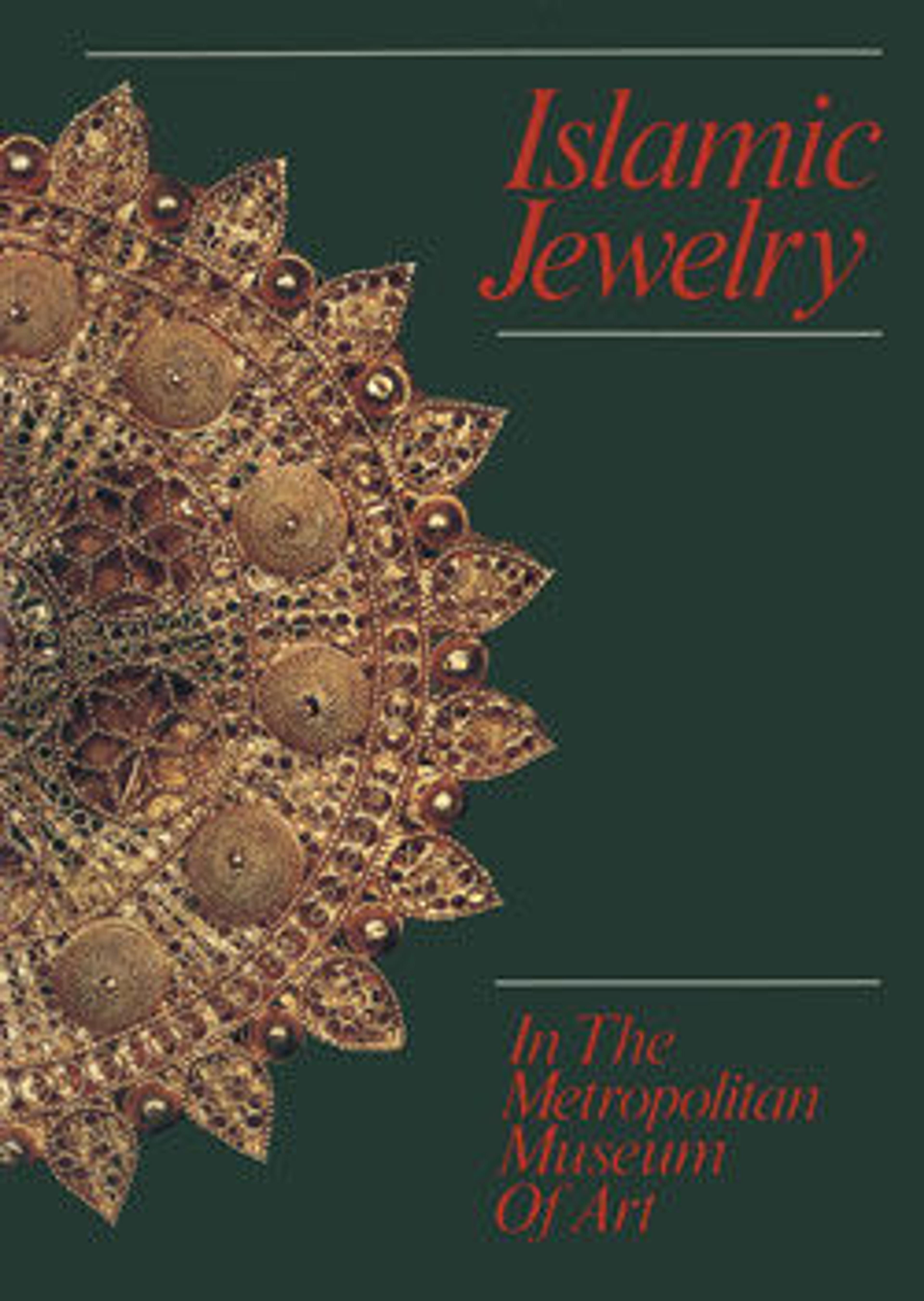"Sultan Sanjar and the Old Woman", Folio 17 from a Khamsa (Quintet) of Nizami of Ganja
This folio is from a lavishly illustrated copy of the Khamsa (Quintet) by the poet Nizami. The calligrapher of this manuscript, Sultan Muhammad Nur, is known to have worked in Herat during the reign of the Timurid ruler Sultan Husain Baiqara, along with the famous painter Bihzad. By the time this manuscript was produced, however, the city had come under Safavid control. Nevertheless, this painting exemplifies the fine drawing and jewel‑like finish of the style established within Sultan Husain’s royal workshop.
Artwork Details
- Title: "Sultan Sanjar and the Old Woman", Folio 17 from a Khamsa (Quintet) of Nizami of Ganja
- Author: Nizami (present-day Azerbaijan, Ganja 1141–1209 Ganja)
- Calligrapher: Sultan Muhammad Nur (Iranian, ca. 1472–ca. 1536)
- Calligrapher: Mahmud Muzahib (Iranian, ca. 1500–1560)
- Artist: Painting by Shaikh Zada (Iranian, active 1510–1550)
- Date: 931 AH/1524–25 CE
- Geography: Made in present-day Afghanistan, Herat
- Medium: Ink, opaque watercolor, and gold on paper
- Dimensions: Painting: H. 7 1/4 in. (18.4 cm)
W. 4 7/8 in. (12.4 cm)
Page: H. 12 9/16 in. (31.9 cm)
W. 8 5/8 in. (21.9 cm)
Mat: H. 19 1/4 in. (48.9 cm)
W. 14 1/4 in. (36.2 cm) - Classification: Codices
- Credit Line: Gift of Alexander Smith Cochran, 1913
- Object Number: 13.228.7.2
- Curatorial Department: Islamic Art
More Artwork
Research Resources
The Met provides unparalleled resources for research and welcomes an international community of students and scholars. The Met's Open Access API is where creators and researchers can connect to the The Met collection. Open Access data and public domain images are available for unrestricted commercial and noncommercial use without permission or fee.
To request images under copyright and other restrictions, please use this Image Request form.
Feedback
We continue to research and examine historical and cultural context for objects in The Met collection. If you have comments or questions about this object record, please contact us using the form below. The Museum looks forward to receiving your comments.
